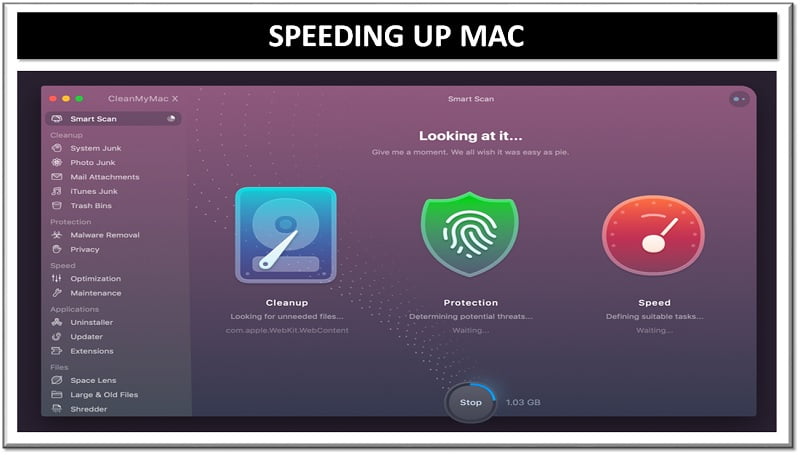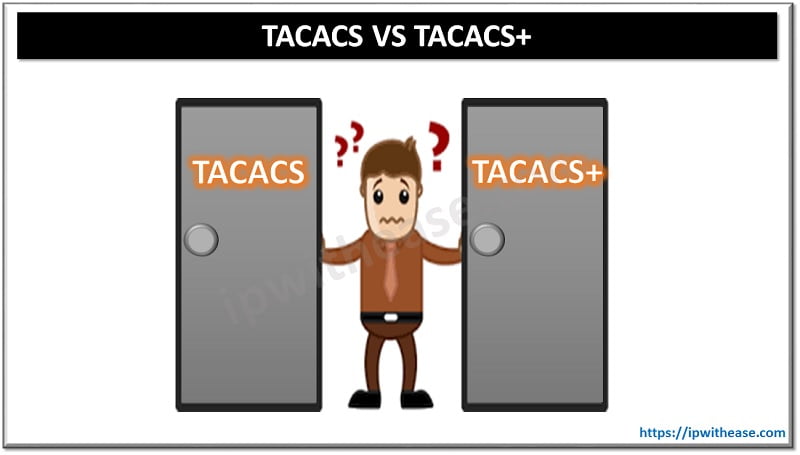Table of Contents
Credit card transactions are typically thought of as the safest way to buy items online. After all, you can always dispute the charges, right?
Sure, but even though using a card might seem safer than other payment methods, credit card theft and fraud still costs us an estimated $52 billion dollars every year.
That means there are still many scam operations ongoing and numerous risks you might encounter every day – whether casually surfing online or even using a corporate credit card.
In this article, we’re going to talk about five of the most common credit card security risks, as well as some solutions that can help eCommerce businesses.

List of Credit Card Security Risks
1. Credit Card Fraud
Financial fraud does not always involve wizard-like hacking skills! Before the internet age, criminals used to find credit card data by going through the dumpster and finding discarded applications.
Today, similarly, if a cybercriminal can find credit card data from a lost card or a careless internet surfer, they can buy products using your name or even steal your identity to create a new card.
2. Malware Programs
Malware programs may install a trojan virus that takes control of your computer, or may be something more simple – like just a password theft program that steals all user login and password information.
Cybercriminals can even infect a checkout page with malicious software, so they can steal your customers’ information without you even knowing it.
Companies might consider installing an Address Verification System, explained here, to detect any unusual shopping activities.
3. Site Security
More complex threats exist in the form of DoS & DDoS attacks, a flood of requests from multiple IP addresses, which crashes your server, as well as malicious JavaScript snippets and SQL injections, which corrupts a site’s database.
Sometimes the Operating System (explained here) matters just as much as the anti-virus software. Windows, for example, is considered one of the most unsafe operating systems for a computer.
Many businesses and consumers use Linux (Mint, Ubuntu or Fedora), or macOS, or Android whenever possible. Other businesses will install an intranet, a safe network for employees only, as an alternative to the public internet.
4. Spamming and Phishing
Remember, the real purpose of SPAM is not simply to annoy internet readers, but to get someone to click on a link. If a spammer can persuade you into clicking on a harmless link, you could be redirected to a “phishing” site. The site looks real but is just slightly different – and will collect your financial information, such as login details.
It helps to install a modern anti-virus and anti-malware software solution, from a trusted brand. You could also use a firewall system for safer browsing, as we explained in a previous article.
5. Keyloggers Malware
Keyloggers are a type of software program that secretly installs and monitors all keystrokes for a system – whether for parental supervision, or company security, or even identity theft.
One of the most common scenarios is when consumers fill out an application, at a legitimate lender or credit company, but then a third party tries to infect the server with malware.
Keylogging malware can store a person’s data and then request a fake refund from a company – something the company is more inclined to do to make a problem go away.
But that’s a huge loss when dozens of cases turn into hundreds. Even worse, keylogging can be used illegally to create fake accounts, or even upload private data onto the deep/dark web.
That’s why when you do apply for a new card, choose a company that has built-in fraud protection and keylogging software in particular. SoFi offers a credit card application where it also explains its protection services.
Expect the Best, But Prepare for the Worst
According to the Federal Trade Commission, there are almost five million cases of data being compromised via credit card transactions.
Devoting some time every week to keeping your business data safe is a good idea. If you have the manpower, it might even help to devote a team of employees to following a daily or weekly protocol on how to minimize cyber-theft.
Besides anti-theft software, a cautious mind is the best defense against online crime.
Continue Reading:
DOS vs DDOS- What is DOS and DDOS Attack?
SASE (Secure Access Service Edge): Cyber Security
ABOUT THE AUTHOR
IPwithease is aimed at sharing knowledge across varied domains like Network, Security, Virtualization, Software, Wireless, etc.



